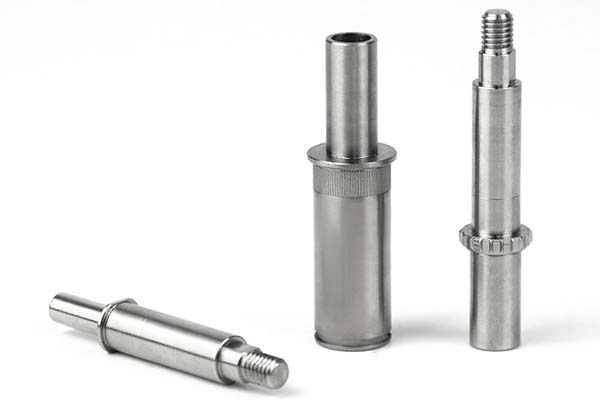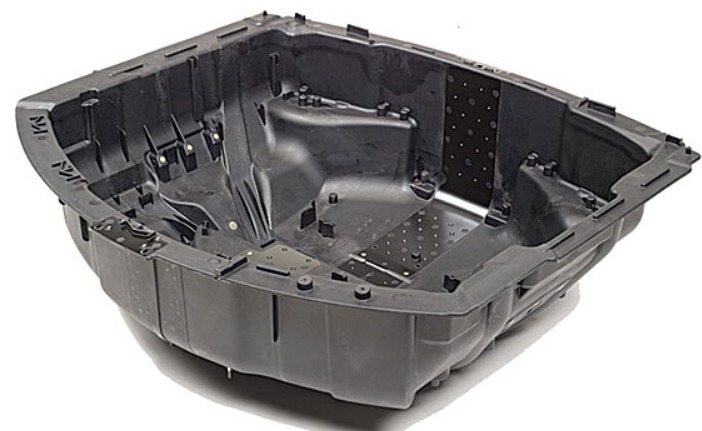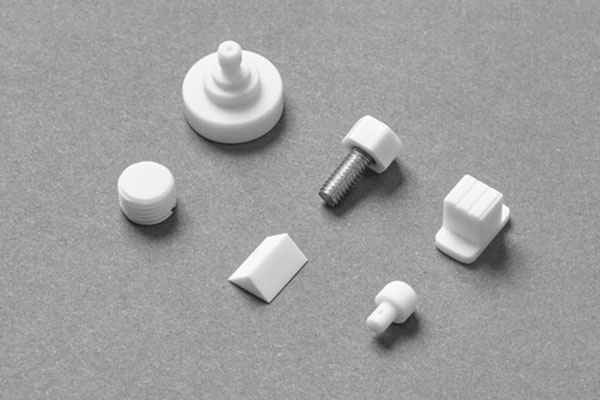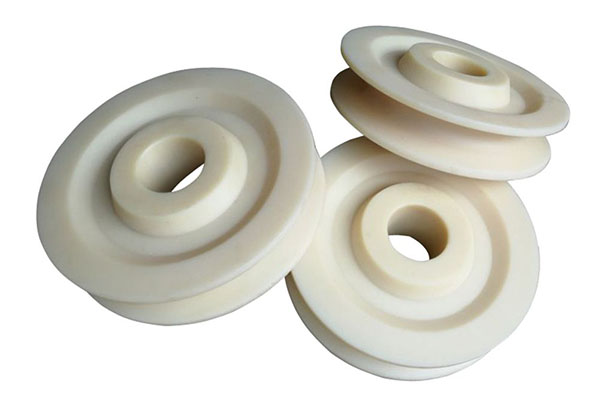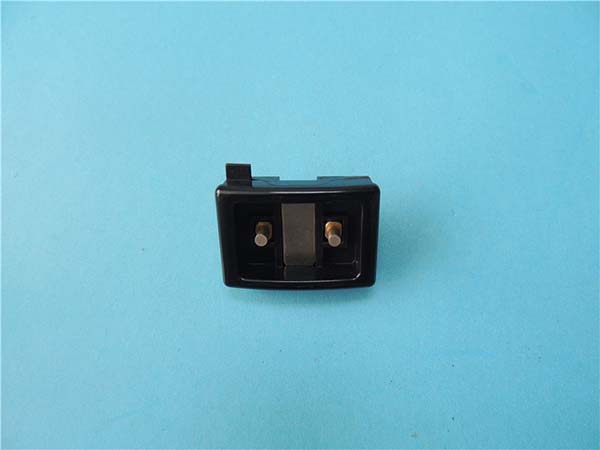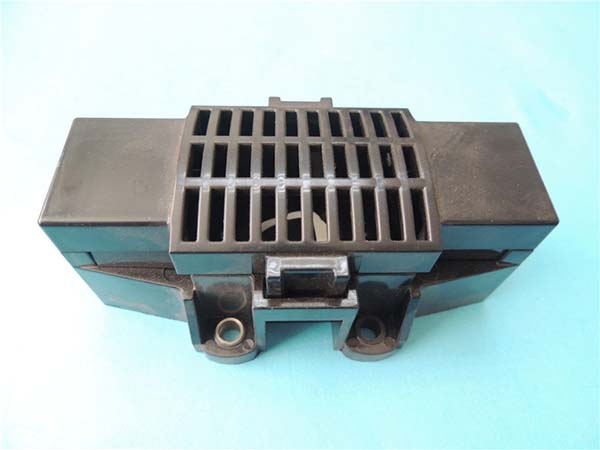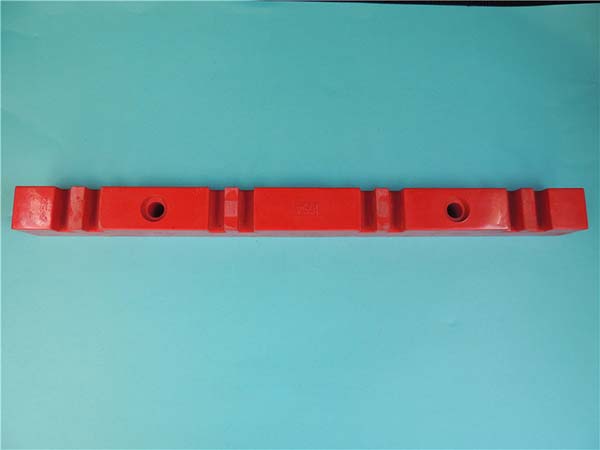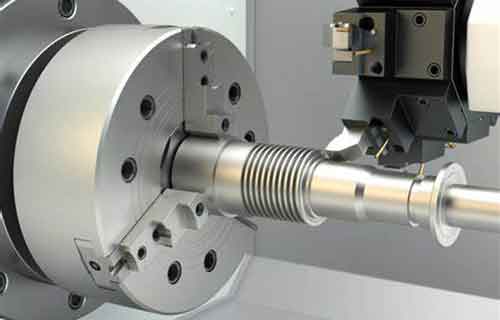Steel is one of the most widely used materials in manufacturing, but working with it has never been easy. Traditional steel machining often struggles with precision—parts might have inconsistent dimensions, making assembly a hassle. Hardened steel can wear down manual tools quickly, leading to frequent replacements and delays. And producing complex shapes, like a gear with intricate teeth or a curved aerospace bracket, is nearly impossible with manual methods. This is where CNC steel machining steps in. But what makes it so effective for handling steel, and how does it solve these long-standing challenges? Let’s explore every aspect.
1. CNC Steel Machining Processes
1.1 Core Machining Operations
Milling is a fundamental process, using rotating cutters to remove material from steel workpieces. It’s ideal for creating flat surfaces, slots, or complex 3D shapes—like the housing of an industrial gearbox. A CNC milling machine can achieve tolerances as tight as ±0.01 mm on carbon steel, ensuring parts fit perfectly.
Turning is used for cylindrical parts, such as shafts or bolts. The steel workpiece rotates while a cutting tool shapes it, producing smooth, precise surfaces. For example, turning a stainless steel axle for a car requires consistent diameters along its length, which CNC turning delivers reliably.
Drilling creates precise holes in steel—critical for parts like automotive brackets that need to be fastened together. CNC drilling machines can drill multiple holes in a single setup, with accurate spacing, reducing production time.
1.2 Advanced Cutting Processes
Laser cutting uses a high-powered laser to cut through steel with extreme precision. It’s perfect for intricate patterns, like the ventilation slots in a metal appliance panel or the complex shapes of aerospace components. Laser cutting leaves clean edges, reducing the need for post-processing.
Plasma cutting is ideal for thick steel sheets, such as those used in construction for structural beams. The plasma torch cuts through steel quickly, making it suitable for large, straightforward shapes. Water jet cutting uses high-pressure water mixed with abrasives to cut steel without generating heat, preventing warping—important for heat-sensitive parts like medical instrument frames.
Grinding smooths steel surfaces to a fine finish, often used for bearing surfaces that need to reduce friction. CNC grinders can achieve surface finishes as low as Ra 0.02 μm on tool steel, ensuring optimal performance.
2. Types of Steel Used in CNC Machining
2.1 Carbon Steel and Stainless Steel
Carbon steel is versatile and affordable, making it a popular choice for automotive parts like gears and shafts. Its machinability varies with carbon content—low-carbon steel (mild steel) is easy to machine, while high-carbon steel is harder but can be processed with specialized tools.
Stainless steel (grades like 304, 316, and 420) is corrosion-resistant, making it ideal for medical devices and food processing equipment. 316 stainless steel, with added molybdenum, offers extra resistance to saltwater, used in marine applications or oil and gas equipment. 420 stainless steel is hardenable, suitable for surgical instruments that need sharp edges.
2.2 Alloy Steel and Tool Steel
Alloy steel (mixed with elements like chromium or nickel) offers enhanced strength and durability. It’s used in aerospace components, such as landing gear parts, that need to withstand high stress. CNC machining can handle the toughness of alloy steel, producing complex shapes like turbine blades.
Tool steel is extremely hard and heat-resistant, used for making cutting tools, dies, and molds. CNC grinding is often used to shape tool steel, ensuring precise dimensions that maintain their integrity under high temperatures.
2.3 Other Steel Types
Mild steel (low-carbon) is easy to machine and weld, used in construction for structural components like beams. Galvanized steel (coated with zinc for corrosion resistance) is machined into parts like outdoor furniture frames or automotive body panels. Structural steel (thick, strong) is CNC-cut into beams and columns for buildings and bridges.
3. CNC Steel Machining Equipment
3.1 Milling and Turning Machines
CNC milling machines come in various sizes, from small benchtop models for precision parts to large vertical machining centers for heavy steel components. They use end mills, face mills, and other tools to shape steel efficiently.
CNC lathes range from simple 2-axis models for basic turning to multi-axis lathes that can perform milling and drilling operations simultaneously. This versatility makes them ideal for complex steel parts, like a gear with both cylindrical and flat features.
3.2 Cutting and Forming Equipment
CNC laser cutters and plasma cutters are essential for sheet steel processing. Laser cutters are better for thin to medium steel sheets (up to 25 mm thick), while plasma cutters handle thicker sheets (up to 150 mm).
CNC press brakes bend steel sheets into shapes, such as the U-bends in a metal enclosure or the angles in a structural bracket. They apply precise force to ensure consistent bends across multiple parts.
CNC grinders are used for finishing steel surfaces. Cylindrical grinders smooth the outer surfaces of shafts, while surface grinders flatten large steel plates, ensuring they’re perfectly level.
4. Applications of CNC Steel Machining
4.1 Automotive and Aerospace Industries
In the automotive industry, CNC steel machining produces parts like gears, crankshafts, and suspension components. A car’s transmission relies on precisely machined steel gears to transfer power smoothly—any imperfection can lead to noise or failure.
Aerospace components such as aircraft frames, engine parts, and fasteners demand the highest precision. CNC-machined stainless steel or alloy steel parts ensure safety and reliability, even under extreme conditions like high altitudes and temperature fluctuations.
4.2 Medical and Industrial Machinery
Medical devices like surgical scissors, forceps, and implantable screws are often made from stainless steel. CNC machining ensures these parts are precise and smooth, reducing the risk of injury to patients. For example, a surgical drill bit made from tool steel must have a sharp, consistent tip to perform accurately.
Industrial machinery relies on CNC-machined steel parts for durability. Shafts, gears, and housings in factory equipment need to withstand constant use—CNC machining ensures they’re strong and properly fitted, minimizing downtime.
4.3 Construction and Consumer Products
In construction, CNC-cut structural steel forms the 骨架 of buildings, bridges, and stadiums. Beams, columns, and brackets are machined to precise lengths and angles, ensuring structural integrity.
Consumer products like appliances (refrigerator shelves, oven doors) and furniture (metal frames) benefit from CNC steel machining’s consistency. A stainless steel kitchen sink, for example, has smooth edges and precise dimensions thanks to CNC cutting and forming.
5. Advantages of CNC Steel Machining
5.1 Precision and Consistency
High precision is a standout advantage. CNC machines can repeatedly produce steel parts with tolerances as tight as ±0.005 mm, which is crucial for aerospace or medical applications. Consistency and repeatability mean that the 1000th part is identical to the first, reducing waste and rework.
5.2 Efficiency and Productivity
CNC steel machining handles complex geometries that would be impossible with manual methods. For example, a steel gear with multiple teeth and holes can be machined in one setup, saving time. Increased productivity comes from automated operations—CNC machines can run 24/7 with minimal supervision, boosting output.
Reduced human error is another benefit. Manual machining relies on operator skill, leading to variations, but CNC programs ensure every cut is accurate. This is especially important for critical parts like oil and gas valves, where leaks could be catastrophic.
5.3 Cost-Effectiveness and Surface Finish
For large volumes, CNC steel machining is highly cost-effective. The initial setup costs are offset by reduced labor and material waste. Enhanced surface finish (smooth, burr-free) reduces the need for polishing or other post-processing steps, saving time and money.
Material versatility allows CNC machines to process various steel types, from mild steel to hard tool steel, without major retooling—adding to their efficiency.
6. CNC Steel Machining vs. Traditional Methods
| Aspect | CNC Steel Machining | Traditional Methods |
| Precision | ±0.005–0.01 mm | ±0.1–0.5 mm |
| Consistency | Identical parts in batches | Variations due to operator skill |
| Speed | Fast (automated, multi-operation) | Slow (manual setup for each step) |
| Complexity | Handles intricate shapes easily | Limited to simple geometries |
| Cost for Large Volumes | Lower per unit (reduced labor/waste) | Higher per unit (more labor) |
| Environmental Impact | More efficient (less energy/waste) | More waste (imprecise cutting) |
| Skill Requirements | Programmers need training; operators need basics | Skilled machinists required |
| Production Volume | Ideal for 1000+ parts | Better for <100 parts |
| Flexibility | Easy to reprogram for new designs | Requires retooling and retraining |
CNC steel machining outperforms traditional methods in precision, speed, and cost for large-scale production. Traditional methods may work for small, simple parts but can’t match CNC’s consistency or ability to handle complexity.
At Yigu Technology, we specialize in CNC steel machining for plastic and metal parts. Our advanced CNC mills, lathes, and laser cutters handle all steel types, from carbon steel to stainless steel. We deliver high-precision automotive, aerospace, and industrial parts with consistent quality, ensuring our clients meet their production goals efficiently.
FAQs
1. What’s the thickest steel CNC machining can handle?
CNC plasma cutters can handle steel up to 150 mm thick, suitable for construction beams. For precision machining (like milling or turning), the practical limit is around 200 mm, though specialized machines can go thicker for specific applications.
2. How does CNC steel machining handle hard steels like tool steel?
CNC machines use carbide cutting tools and high spindle speeds to machine hard steels. Coolant systems prevent overheating, and slow feed rates ensure clean cuts. For extremely hard tool steel, CNC grinding is used to achieve precise finishes.
3. Is CNC steel machining cost-effective for small batches?
For batches under 100 parts, traditional methods may be cheaper due to lower setup costs. However, CNC becomes cost-effective for batches of 100+ parts, thanks to reduced labor and consistent quality that minimizes rework.
